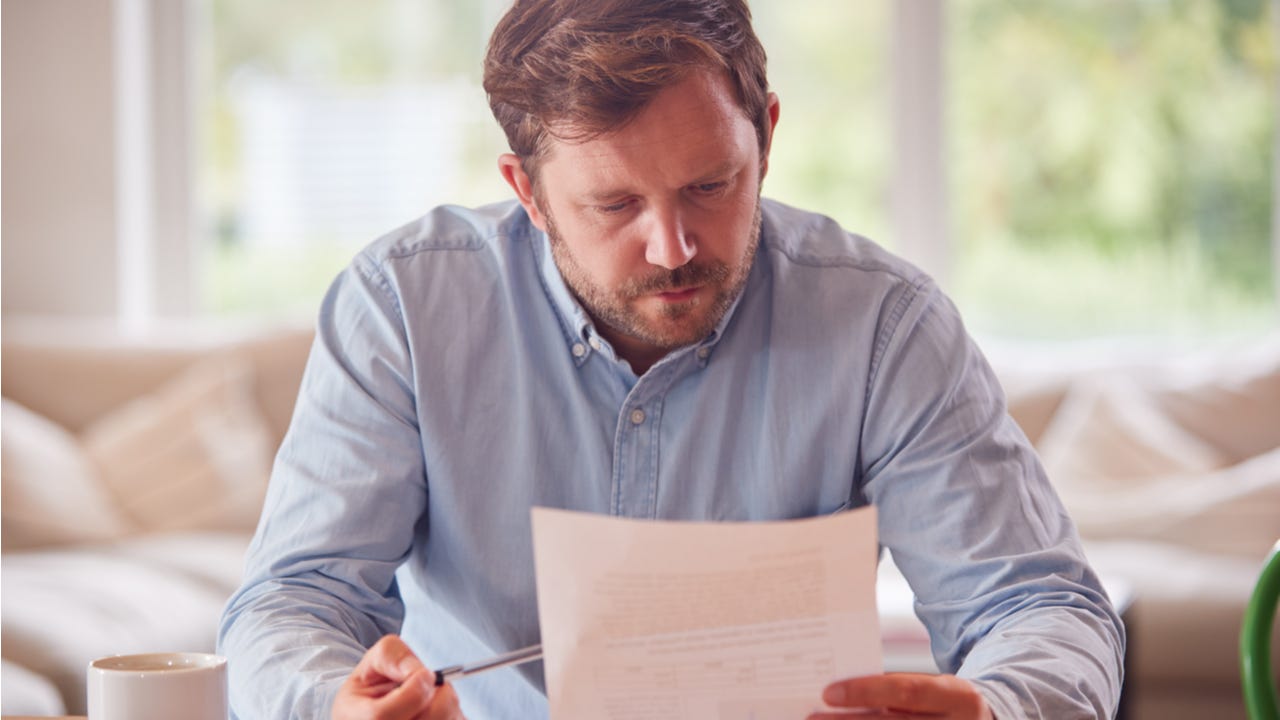Guide to student loan rehabilitation

The Bankrate promise
At Bankrate we strive to help you make smarter financial decisions. While we adhere to strict , this post may contain references to products from our partners. Here's an explanation for .
One out of every 10 Americans has defaulted on a student loan, and 5% of student loans are in default at any given time. Borrowers who want to get out of default might start student loan rehabilitation.
Student loan rehabilitation is negotiating a payment agreement with your loan holder to get your loans out of default and allow you to return to current payment status. Removing a default can help avoid negative consequences like credit score damage and wage garnishment. However, it’s available only for federal student loan borrowers.
How to rehabilitate your student loans
To rehabilitate your student loans and get out of default, you’ll need to follow a process set by the U.S. Department of Education:
- Contact your loan holder: If you’re unsure who holds your loan, log in to your account on the Federal Student Aid website and click “View loan servicer details.”
- Apply for loan rehabilitation: You’ll need to send your loan holder a copy of your most recent tax return. This information lets the loan holder calculate your new payment with 15 percent of your discretionary income. You can request a financial hardship form if this payment amount is too high to manage.
- Sign your agreement: If the loan holder approves your application, it will mail you a loan rehabilitation agreement. Review the terms, including the payment amount, then return the signed agreement to the appropriate address.
- Pay on time: Once you agree to your new monthly payment amount, make nine on-time payments. You must make these payments back to back within a 10-month time frame. All payments must post to your account within 20 days of each monthly due date to complete the rehabilitation process.
How long does student loan rehabilitation take?
Once you’ve contacted your federal loan servicer and it’s determined that you’re eligible for rehabilitation, you’ll receive a written rehabilitation agreement within 15 days. If you agree, you’ll sign and return the agreement. You’ll have 10 consecutive months to make your required payments. After you’ve completed your payments, your loans will be taken out of default.
What happens after student loan rehabilitation?
After you make the ninth and final student loan rehabilitation payment, your loans will typically transfer to a new loan servicer. At that point, there are several benefits you can start to enjoy:
- Default status is removed: This should halt collection efforts, such as wage garnishment or offsets of income tax refunds and other federal payments.
- Your credit history gets an update: When you successfully rehabilitate a student loan, the notation of “default” should disappear from the rehabilitated loans. Unfortunately, late payments that occurred before the default will remain on your credit reports.
- Benefits resume: With a current loan status, you should once again be able to apply for numerous federal student loan benefits. Depending on your loan type, these benefits may include income-driven repayment options, forbearance and deferment.
- You can apply for additional student aid: If you need to apply for new student loans and federal grants, you should once again be able to do so.
Who is student loan rehabilitation best for?
Allowing student loans to remain in default can create significant problems for your finances, so it’s important to remedy the situation as quickly as possible. Rehabilitation could be a good option for you if:
- The student loans you wish to rehabilitate are eligible: You can apply to consolidate Direct Loans, FFEL Program loans or Perkins Loans.
- You’ve never rehabilitated your student loans before: The federal government will allow you to rehabilitate eligible student loans only once.
- You’re hoping to improve your credit report: A successful student loan rehabilitation should remove the default notation from your credit report. This may positively impact your credit score, although the late payments from before the default will remain.
Rehabilitation is only an option if you have federal student loans. Private student loans don’t qualify for the rehabilitation program. If you default on private student loans, you may need to pursue other options, like negotiating a settlement or consulting a student loan lawyer for guidance.
What should you consider before pursuing a student loan assistance program?
Because you have only one shot at rehabilitating your student loans, it’s critical to manage the process well. If you fall behind on your student loan payments during the rehabilitation period or default on your loan again in the future, your options will be more limited than they were before. Plus, every time you default on a student loan, the loan holder may add expensive collection fees to your outstanding balance.
Although rehabilitation can be helpful for many borrowers who are struggling with their student loan payments, it’s not the right fit for everyone. Some borrowers may be better served by consolidating their student loans. Consolidation is a faster process, and there’s no limit to how many times you can exercise this option.
The bottom line
If you have outstanding federal student loans that are in default, you can use a one-time student loan rehabilitation. Doing so will remove the default from your credit history, improving your credit score and freeing you from wage garnishment. You will need to continue repaying the loan. Make sure this process is right for your financial situation before pursuing it.
Related Articles


Student loan statute of limitations: What to know about your college debt

